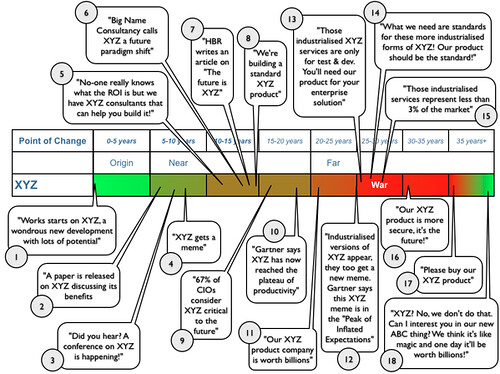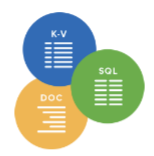How and Why Swiftype Moved from EC2 to Real Hardware
 Monday, March 16, 2015 at 8:56AM
Monday, March 16, 2015 at 8:56AM 
This is a guest post by Oleksiy Kovyrin, Head of Technical Operations at Swiftype. Swiftype currently powers search on over 100,000 websites and serves more than 1 billion queries every month.
When Matt and Quin founded Swiftype in 2012, they chose to build the company’s infrastructure using Amazon Web Services. The cloud seemed like the best fit because it was easy to add new servers without managing hardware and there were no upfront costs.
Unfortunately, while some of the services (like Route53 and S3) ended up being really useful and incredibly stable for us, the decision to use EC2 created several major problems that plagued the team during our first year.
Swiftype’s customers demand exceptional performance and always-on availability and our ability to provide that is heavily dependent on how stable and reliable our basic infrastructure is. With Amazon we experienced networking issues, hanging VM instances, unpredictable performance degradation (probably due to noisy neighbors sharing our hardware, but there was no way to know) and numerous other problems. No matter what problems we experienced, Amazon always had the same solution: pay Amazon more money by purchasing redundant or higher-end services.
The more time we spent working around the problems with EC2, the less time we could spend developing new features for our customers. We knew it was possible to make our infrastructure work in the cloud, but the effort, time and resources it would take to do so was much greater than migrating away.
After a year of fighting the cloud, we made a decision to leave EC2 for real hardware. Fortunately, this no longer means buying your own servers and racking them up in a colo. Managed hosting providers facilitate a good balance of physical hardware, virtualized instances, and rapid provisioning. Given our previous experience with hosting providers, we made the decision to choose SoftLayer. Their excellent service and infrastructure quality, provisioning speed, and customer support made them the best choice for us.
After more than a month of hard work preparing the inter-data center migration, we were able to execute the transition with zero downtime and no negative impact on our customers. The migration to real hardware resulted in enormous improvements in service stability from day one, provided a huge (~2x) performance boost to all key infrastructure components, and reduced our monthly hosting bill by ~50%.
This article will explain how we planned for and implemented the migration process, detail the performance improvements we saw after the transition, and offer insight for younger companies about when it might make sense to do the same.





















